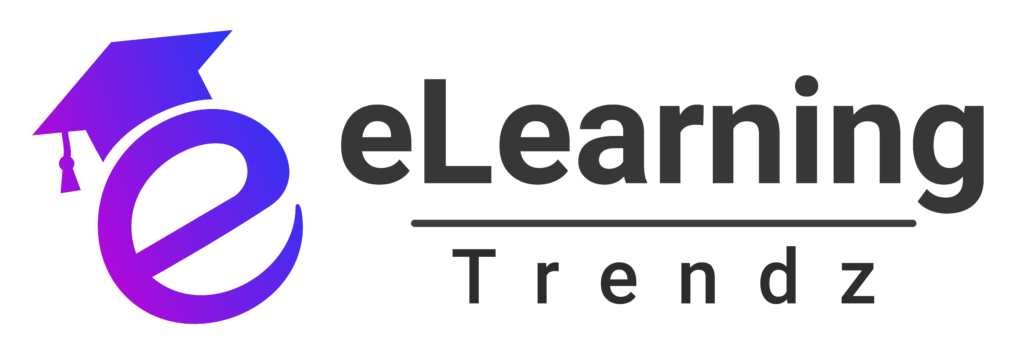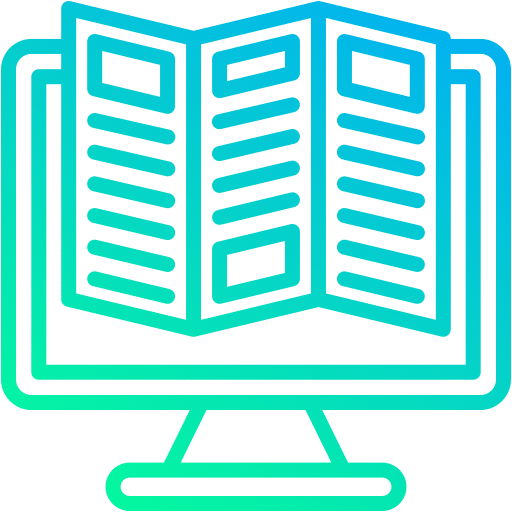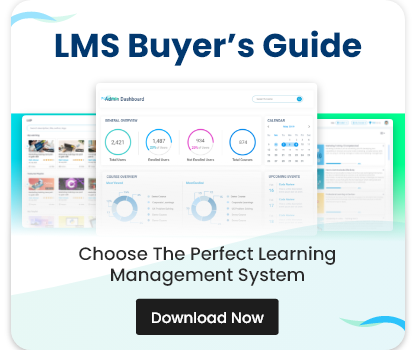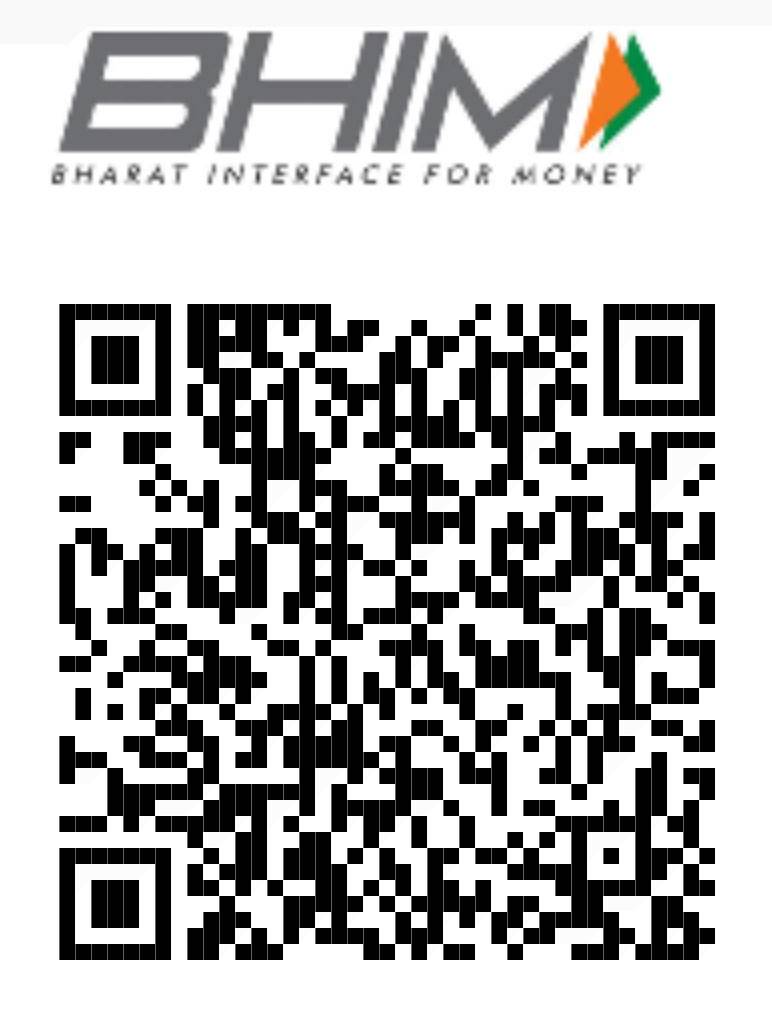The education and corporate training landscapes have been fundamentally reshaped by the ascent of digital learning. This shift is now accelerating with the integration of Artificial Intelligence (AI) into eLearning authoring tools, making content creation faster, smarter, and more effective. As we look toward 2025, several critical trends are defining the next generation of online courses, moving beyond simple digitization to truly transformative educational experiences.
The next wave of development in AI-powered authoring tools is centered on five core areas that promise to dramatically enhance content quality, learner engagement, and content accessibility. These include technologies like Augmented Reality (AR) and Virtual Reality (VR), which are set to push the boundaries of immersive and interactive learning.
1. Tailoring Education with Personalized Learning
The age of one-size-fits-all training is over. Personalized Learning stands out as a paramount trend, utilizing advanced data analytics and algorithms within authoring platforms to customize the educational journey for every individual. This approach crafts unique learning paths, presents relevant content, and administers adapted assessments based on real-time performance and pre-existing knowledge.
For content developers, harnessing this trend means prioritizing learner diagnostics. By understanding diverse needs and leveraging AI-powered authoring tools that natively support customization, educators can provide learners with greater control and choice. Continuous data analytics and personalized feedback loops are essential for creating highly engaging and focused learning experiences that successfully cater to modern learners.
The modern digital ecosystem demands seamless connection. The trend of Integration with other Learning Technologies ensures that AI-powered authoring tools do not exist in isolation but function as part of a larger, interconnected educational network.
Effective integration yields significant advantages. Connecting authoring environments with Learning Management Systems (LMSs) allows for robust tracking of learner progress and performance. Furthermore, linking with VR/AR technologies enables the creation of highly immersive simulations and environments, boosting both engagement and retention. Finally, integrating with video conferencing tools facilitates personalized, collaborative sessions between students and instructors. Authors must select compatible technologies, clearly outline their learning objectives, and provide users with clear guidance to maximize the benefits of these integrated systems.
3. Universal Access: Accessibility and Inclusive Design
A commitment to Accessibility and Inclusive Design is rapidly becoming a non-negotiable standard in content creation. This trend ensures that all learners, regardless of ability or disability, have equitable access to educational resources and opportunities, fostering a supportive and positive learning environment for everyone.
To create truly inclusive content, authors must adhere to established guidelines: utilizing clear, simple language; providing comprehensive alternative text for all multimedia elements; employing proper color contrast; and ensuring full keyboard navigability. Actively seeking feedback from diverse user groups is crucial for validating content usability and identifying areas for continuous improvement in accessibility.
4. Shared Creativity Through Collaborative Authoring
As courses become more complex and cross-disciplinary, Collaborative Authoring platforms are streamlining the development process. This approach enables multiple instructional designers and subject matter experts to work simultaneously on a single project, pooling diverse skills and perspectives to significantly enhance the quality and depth of the final content.
Successful collaboration requires defined roles and responsibilities, along with modern tools that support real-time editing and version control. By establishing clear project timelines, milestones, and regular communication, teams can significantly improve efficiency, drive innovation, and produce high-quality eLearning content more rapidly than a single author could achieve alone.
5. Engagement through Play: Gamification
The trend of Gamification involves embedding game-like mechanics—such as points, badges, leaderboards, and challenges—into educational content to increase learner motivation and overall engagement. This process transforms passive viewing into active learning, which is proven to improve knowledge retention and create a more enjoyable learning experience.
For optimal results, authors must strategically align game mechanics with specific learning objectives. They should choose appropriate design elements and game dynamics that resonate with the target audience’s preferences. When thoughtfully integrated, Gamification becomes a potent tool for supporting learners as they achieve their educational goals.
Featured AI Authoring Tools
The market is already seeing innovative tools leading these shifts:
Cognispark AI: This platform is a comprehensive authoring solution, providing an intuitive interface for generating and customizing a wide range of content, including courses, assessments, and simulations, without requiring programming expertise. It offers extensive templates, multimedia assets, and strong Gamification features, ensuring compatibility with multiple formats and learning management systems. CogniSpark AI, a free eLearning authoring tool, empowers users to create engaging and interactive learning experiences effortlessly.
Paradiso AI Course Generator: This is an advanced feature that automates and accelerates the content creation cycle. Using sophisticated algorithms, it analyzes subject matter and rapidly generates high-quality, relevant content—including text, videos, and quizzes—in minutes. A key advantage is its ability to generate content in multiple languages and personalize it based on individual learner preferences, directly supporting the Personalized Learning trend.
Conclusion
The evolution of AI-powered eLearning authoring tools is progressing at a swift pace, fundamentally changing how content is created and consumed. The key trends—Personalized Learning, Integration with other Learning Technologies, Accessibility and Inclusive Design, Collaborative Authoring, and Gamification—are collectively driving the next generation of digital education. By adopting these essential shifts, educators and corporate trainers can leverage technology to create highly effective, interactive, and engaging online courses tailored for the needs of the modern learner.
